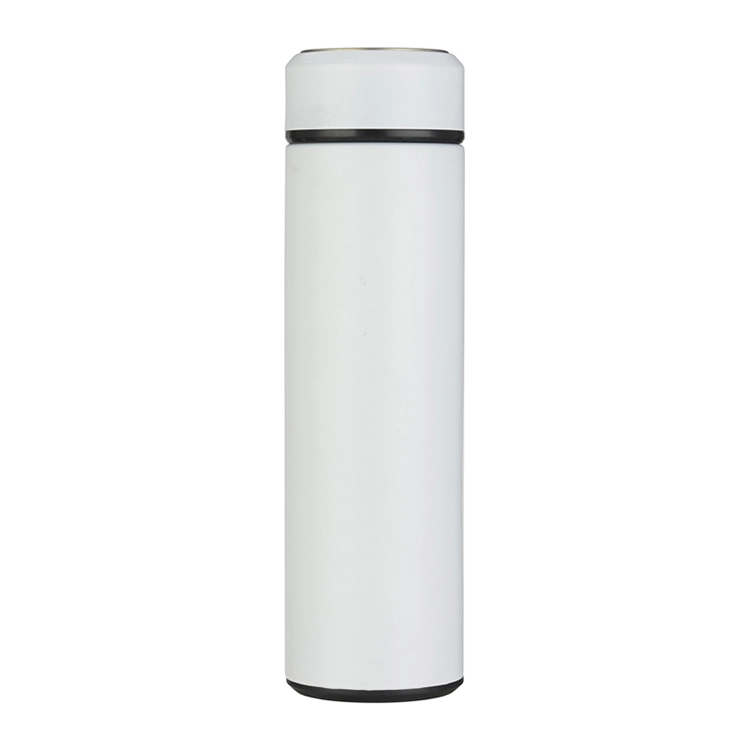- English
- Español
- Português
- русский
- Français
- 日本語
- Deutsch
- tiếng Việt
- Italiano
- Nederlands
- ภาษาไทย
- Polski
- 한국어
- Svenska
- magyar
- Malay
- বাংলা ভাষার
- Dansk
- Suomi
- हिन्दी
- Pilipino
- Türkçe
- Gaeilge
- العربية
- Indonesia
- Norsk
- تمل
- český
- ελληνικά
- український
- Javanese
- فارسی
- தமிழ்
- తెలుగు
- नेपाली
- Burmese
- български
- ລາວ
- Latine
- Қазақша
- Euskal
- Azərbaycan
- Slovenský jazyk
- Македонски
- Lietuvos
- Eesti Keel
- Română
- Slovenski
- मराठी
- Srpski језик
What are the disadvantages of stainless steel bottles?
2023-12-20
Stainless steel bottles tend to be heavier than their plastic counterparts. This can be a drawback for individuals who prioritize lightweight and portable containers, especially when hiking or traveling long distances.
Stainless steel bottles are generally more expensive than plastic bottles. The initial investment can be higher, and if you lose or damage the bottle, replacing it may be costlier.

Stainless steel is a good conductor of heat, which means that beverages stored in stainless steel bottles can take on the temperature of their surroundings more quickly. This might be a disadvantage if you want to keep your drink cold or hot for an extended period.
Stainless steel bottles can dent or scratch, especially if they are dropped or subjected to rough handling. While this doesn't necessarily affect the functionality of the bottle, it can impact its appearance.
Stainless steel bottles can develop condensation on the outside when filled with cold liquids. This may result in the bottle becoming slippery and can potentially cause water damage to nearby surfaces.
Unlike plastic bottles, stainless steel bottles are not transparent, so you cannot easily see the contents inside. This may be a drawback for those who prefer to monitor their fluid intake or check the cleanliness of the bottle.
If you have an insulated stainless steel bottle, it may require more careful cleaning to maintain its insulating properties. Some insulated bottles have components that need special attention during cleaning, and improper care could affect their performance.
Stainless steel is not microwave-safe, so you cannot heat or warm up beverages directly in a stainless steel bottle. This limitation may be inconvenient for those who often rely on microwaving drinks.
Despite these disadvantages, many people find the benefits of stainless steel bottles, such as durability, reusability, and the absence of harmful chemicals, to outweigh these drawbacks. The choice between stainless steel and other materials ultimately depends on personal preferences and specific needs.




